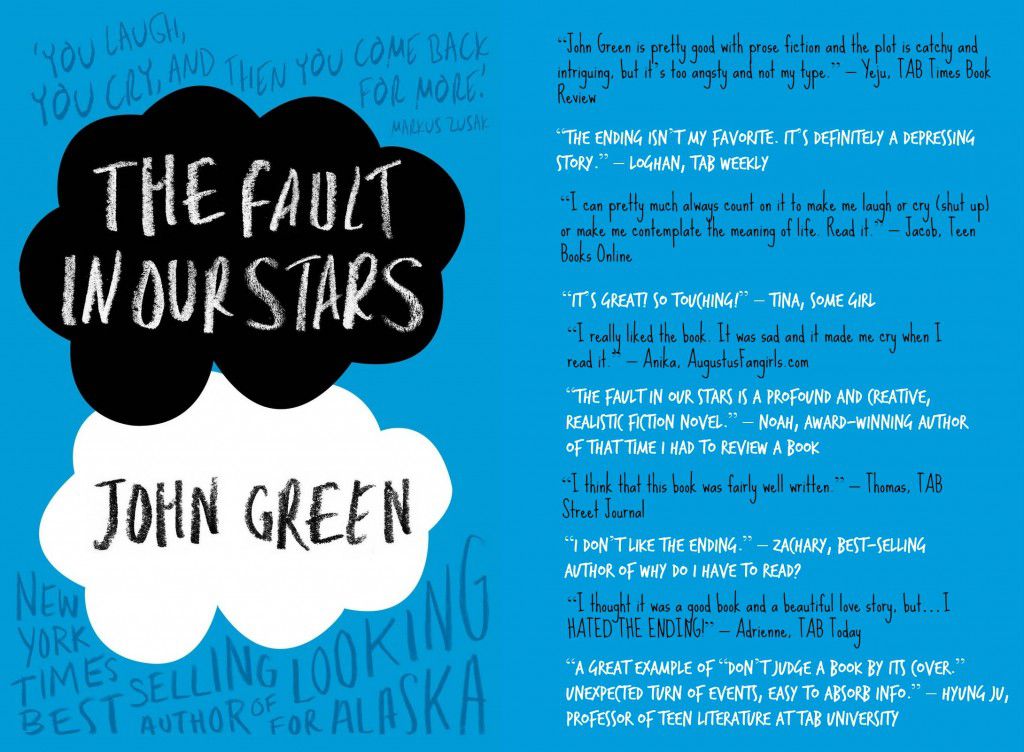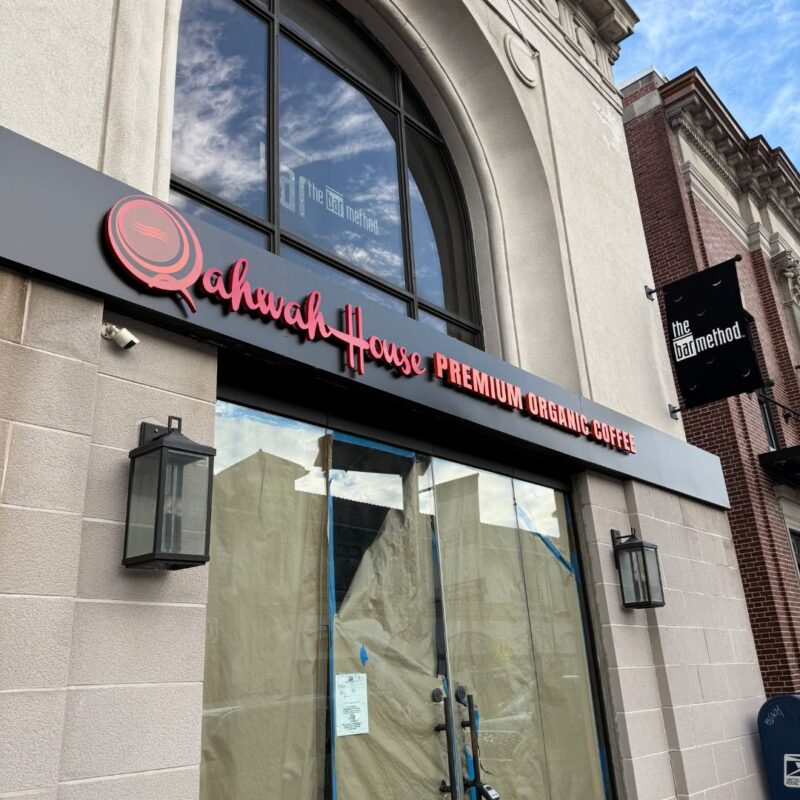The Fault in Our Stars by John Green is one of the most acclaimed and beloved books of the last decade, perhaps even all time, receiving countless good reviews and awards. Due to its acclaim, I practically jumped at the chance to read it. Now, I will be sharing my thoughts on it for the masses.
The Fault in Our Stars follows Hazel Grace Lancaster, who suffers from lung cancer. Her mom convinces her to attend a cancer support group where she meets Augustus Waters (Gus), a seventeen-year-old boy who once suffered from osteosarcoma but has since gone into remission. The book covers their love story, but it does not feel that much like a romance book. It would be much more accurately described as a romantic tragedy, something much more akin to Romeo and Juliet, rather than a traditional Young Adult romance. We learn on the very first page that Hazel is depressed, even before learning that she has cancer. This goes a long way in setting the tone of the story, which focuses much more on the lives of these people, and how they are affected by cancer, rather than the cancer itself.
One of the few nitpicks I had early on was the scene where Hazel agrees to go to Gus’s house after the first support group meeting. It did not make sense, considering that they only had two interactions at this point. I thought it was a bit forced and unrealistic, but after thinking it over, it makes perfect sense. Their first conversation is during the support group meeting, where Gus talks about how he fears oblivion above all else. Hazel then agrees and goes into uncomfortable detail about how eventually, all human achievement will be erased and lost to the sands of time. This sparks some interest between the two of them, which fuels the second interaction, which takes place in the parking lot of the support group building. We see how great their chemistry is, and they even flirt with each other, which prompts Hazel to go over to Gus’s house and watch a movie with him. On top of tragedy, the book also offers a great number of comedic moments to offset how soul-crushing the story is. When I wasn’t crying at how hard the story hit me, I was crying with laughter.
Most of the humor comes from Hazel and Gus’s sarcastic comments, but there are also many moments where they state the obvious, but they word it in such a way that it is inexplicably funny. Although tragedy and humor are the best aspects of The Fault in Our Stars, the book contains many thought-provoking conversations, such as when Hazel questions the social construct of breakfast foods. The book made me think far more than any other book I have ever read, not just because of its philosophies, but also because of the tragedy.
Hazel and Gus are doomed for tragedy, knowing that Hazel’s cancer is virtually guaranteed to kill her in the end. During the book, Hazel talks about how she doesn’t want to get too close to Gus, for fear of breaking his heart when she inevitably dies. Of course, Hazel’s misgivings about the relationship only delays her and Gus getting together, and she confesses her love during a truly beautiful dinner scene. After years of misery, Hazel and Gus can finally be happy with each other, which is why the following reveal hurts so much. I will refrain from spoiling it, but I will say that it is not only earth-shattering, but it completely changes the direction of the story in such a genius way. The reveal also paves the way for an ending that utterly rocked me to my core, and cemented The Fault in Our Stars as one of the best books I have ever read. Even though I finished reading it weeks ago, it has still stuck with me, and it will undoubtedly stick with me for much longer.





